I’m sometimes asked: ‘If money was no object, what aeroplane would you buy?’ Realistically and unfortunately, money is an obstacle to both buying and running an aeroplane, so I’d have to rule out things like the impressive 4-seat Cirrus and lovely old warbirds like P51 Mustangs and Harvards. And anyway, even if I could afford them, I likely wouldn’t be buying one because there are plenty of other aeroplanes which tick my boxes, get my blood flowing and cost considerably less. Mostly.
The following list (part 1) is in no particular preference order and if you asked me a year ago or in a year’s time, I’d probably give a different answer.

Vans RV-7
Two-seater with a high cruise speed – Vans RV-7
The Vans range of kit aircraft is now almost legendary – not only for its sheer production numbers but also for the delightful handling characteristics of every single aircraft in the range. For me, the RV-7 is the pick of the bunch, with two comfortable, side-by-side seats and a true cruise speed in the 160-180 knots range. In standard configuration, it will carry a reasonable amount of fuel and, if fitted with an auto-pilot and auxiliary fuel tanks, it really is possible to cross Australia in a day. The only drawback is that you either have to build it yourself or wait for someone to sell you a ready-built one. If you’re buying ready-built, look out for shonky metal work, which may be evidence of haste and cost-cutting in areas hidden from view.
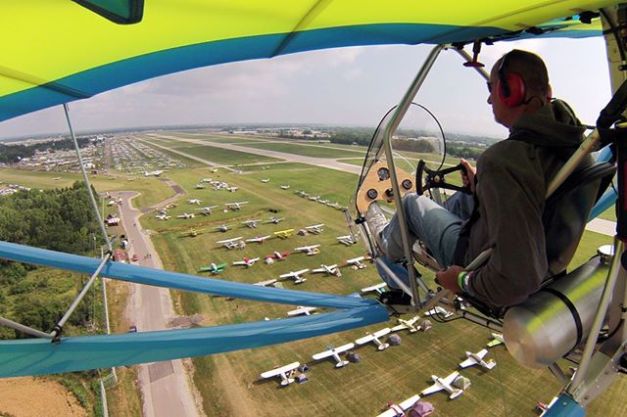
Aerolite 103
Open air single seater – Aerolite 103
Right at the other end of the scale is this nice little single seat ultralight/Part 103 aircraft from Aerolite – now also available in Europe as the Aerolite 120 (a reference to the kilos empty weight limit of the aircraft). I have always been a fan of open air ultralights, in spite of an early nasty experience with an infamous UK-built aircraft called the Southern Aero Sports Scorpion, which gained the dubious honour of becoming the first ever ultralight to be grounded by the UK CAA due to a series of unexplained in-flight structural failures. In complete contrast, the Aerolite design is tried and trusted and many of them have been sold world-wide. Unfortunately these factory built aircraft cannot legally be registered in Australia or I would probably get one. They are inexpensive, great fun (on a calm day) and can be folded to fit in your garage or hangar.
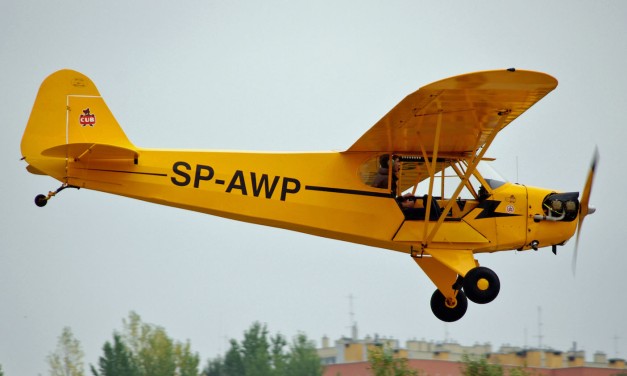
J-3 Cub
Antique – Piper J3 Cub
This is a perennial favourite, with many thousands built in the 1940’s, 1950’s and 1960’s. Although flown from the back seat, the J3 set the standard for easy-to-fly taildraggers and many a (bush) pilot learned to fly in one. A nicely restored version can fetch several tens of thousands of dollars but a good honest aircraft with plenty of engine time remaining can be found for under $30,000. One of my favourite videos is Lainey’s First Flight of a youngster of about the same age as my grandchildren enjoying a flight with her Dad in a J3. Click here for the excellent Wikipedia entry for the Cub.
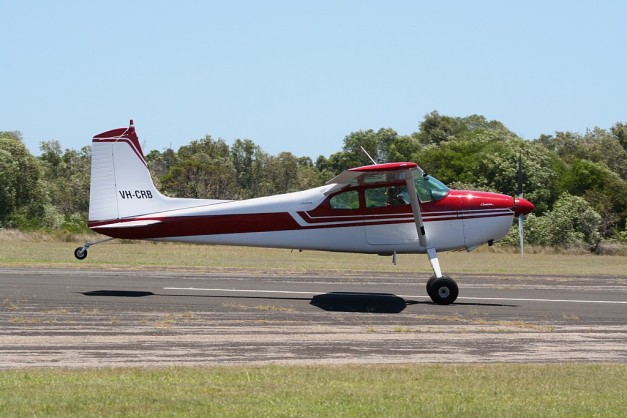
Cessna 180
Load carrier – Cessna 180/185
The Cessna 180/185 truly has become a legend in its own time. Legendary for its ability to lift heavy loads out of short airstrips and cruise at a reasonable speed. Although still subject to all the potentially expensive SIDS requirements, the 180/185 series are amazingly rugged aircraft and have accumulated a vast range of TSO’d options and modifications from STOL wing kits (which change the wing aero profile and add ‘fences’) to strengthened landing gear and brakes. Recently a customer arrived at Tyabb in his 185 to collect some parts to repair a Foxbat – click here to see a photo of what he fitted inside the aircraft.
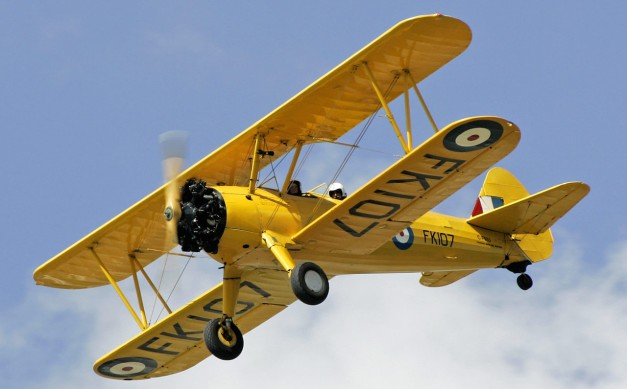
Boeing Stearman
Biplane – Boeing Stearman
A few years ago, my father-in-law gave me a book called ‘The Cannibal Queen’. This is a non-fictional story, by thriller writer Stephen Coonts, recounting his 1991 exploits in the yellow Boeing Stearman of the title. He set off to land the aircraft at least once in every one of the 48 mainland states of America. He tells of FBOs (Fixed Base Operators) in the middle of nowhere providing him with a pick-up truck to get into town, in exchange for buying a tank full of fuel. He describes each and every one of his landings, some of which were ‘not so good’ and some of which were ‘terrible’. He says the Stearman always had control and it was down to a whim whether she (the Cannibal Queen) was in a good mood and would let him down gently. I love the look of the Stearman – when you get up to it, it is a big aircraft. In lower horse-power models, it was used as a primary trainer for the military. The higher power versions – 450 hp and up – make excellent aerobatic aircraft, although they are somewhat more difficult to fly. Some people (I think wrongly) compare the Stearman much more favourably with the UK Tiger Moth which, they allege, was not a good trainer. Whatever, I love the sound of those big lazy radial engines, even if they do gulp the fuel.
More favourites in Part 2
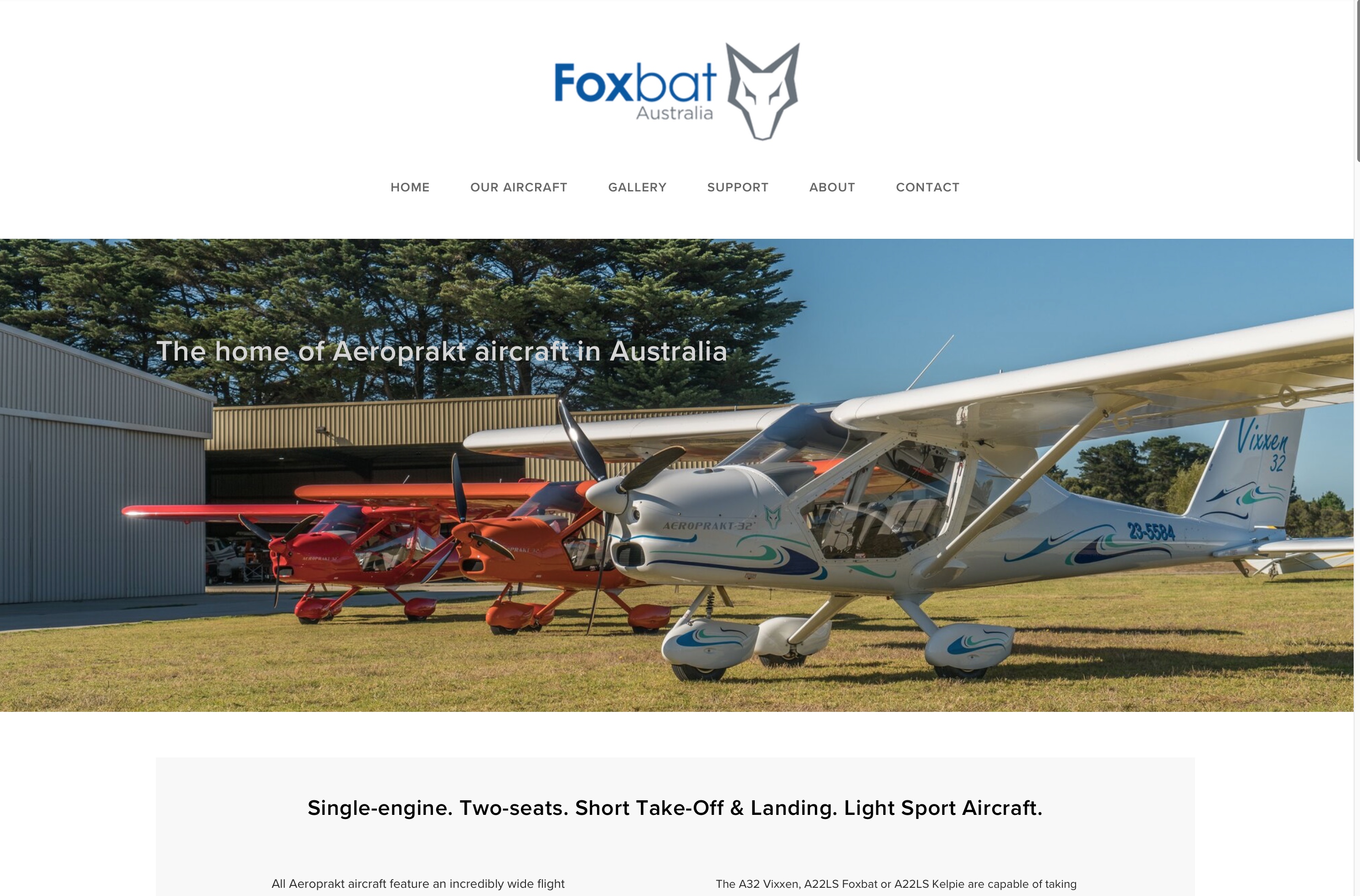 After almost 5 years with our current website at www.foxbat.com.au we have developed a new, much more modern site design for Foxbat Australia which will be going live in the next week or so.
After almost 5 years with our current website at www.foxbat.com.au we have developed a new, much more modern site design for Foxbat Australia which will be going live in the next week or so.
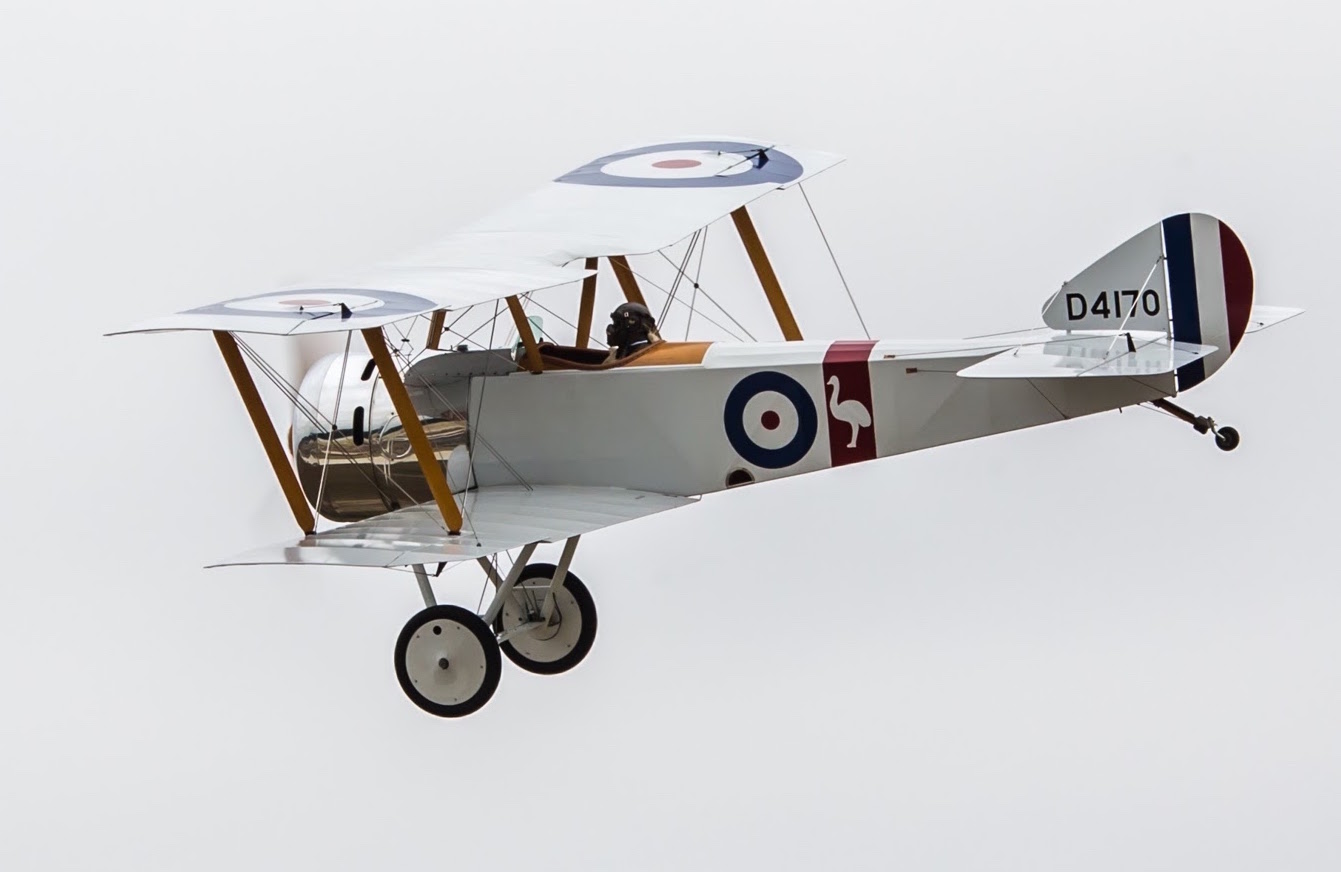
 The bi-annual airshow at Tyabb is coming up on Sunday 13th March – not long now! This year’s theme is ‘Winged Warriors’ from past and present.
The bi-annual airshow at Tyabb is coming up on Sunday 13th March – not long now! This year’s theme is ‘Winged Warriors’ from past and present.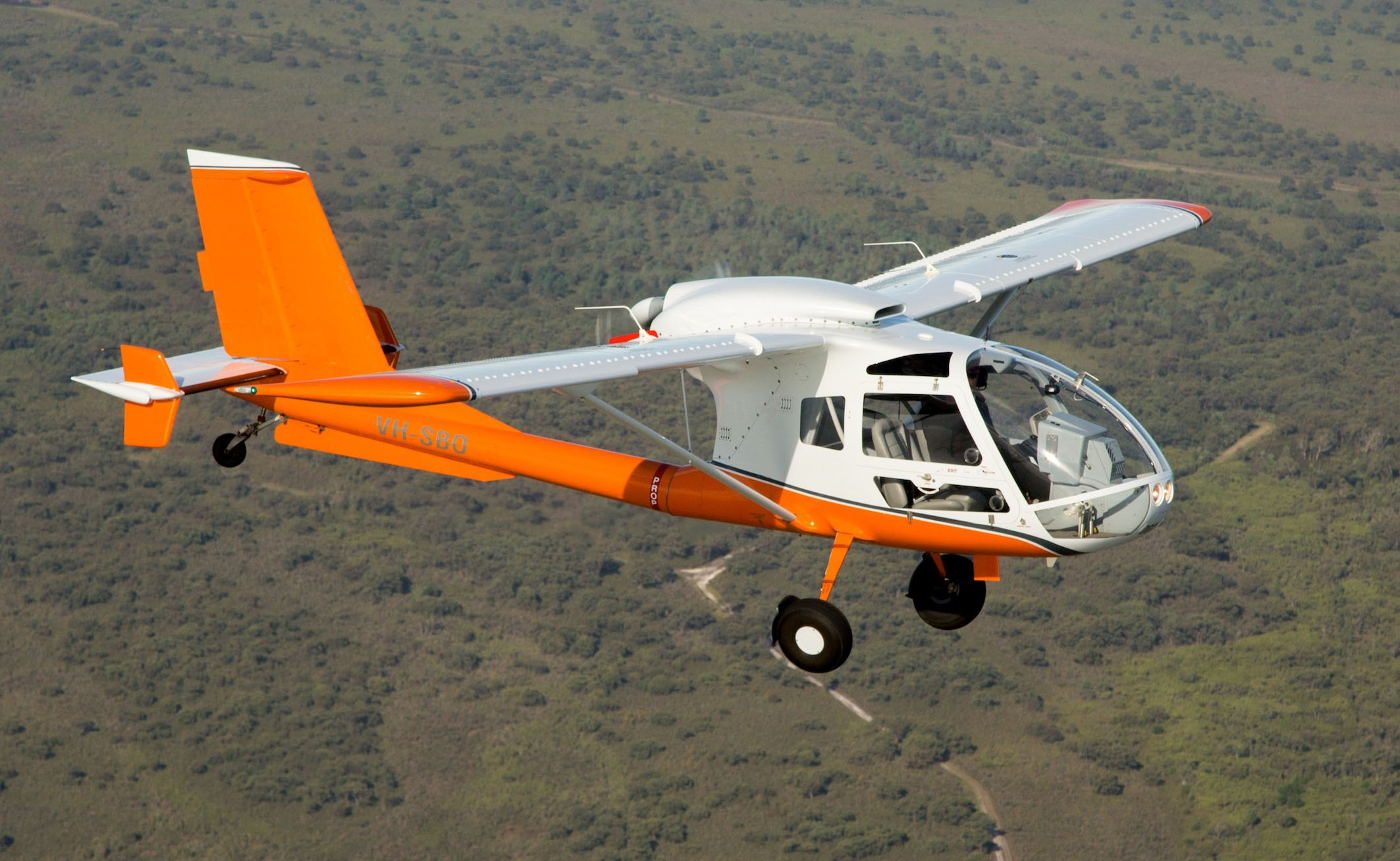

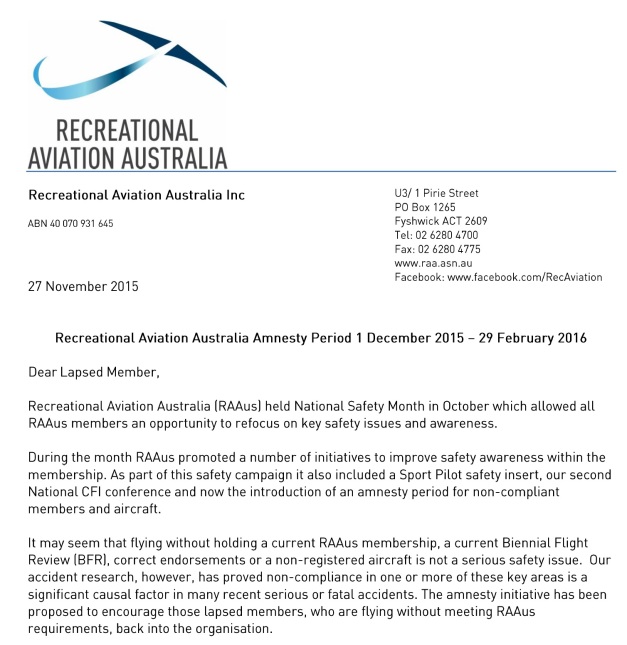


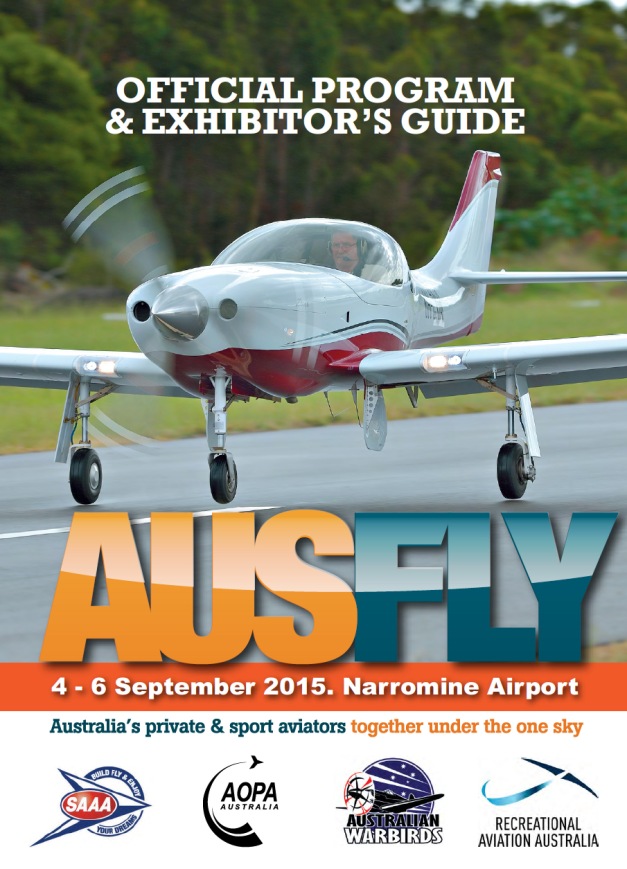
 Those of you bemoaning the ever-escalating costs of keeping your light sport and recreational aircraft in tip-top airworthy condition should spare a thought for Cessna owners.
Those of you bemoaning the ever-escalating costs of keeping your light sport and recreational aircraft in tip-top airworthy condition should spare a thought for Cessna owners.




